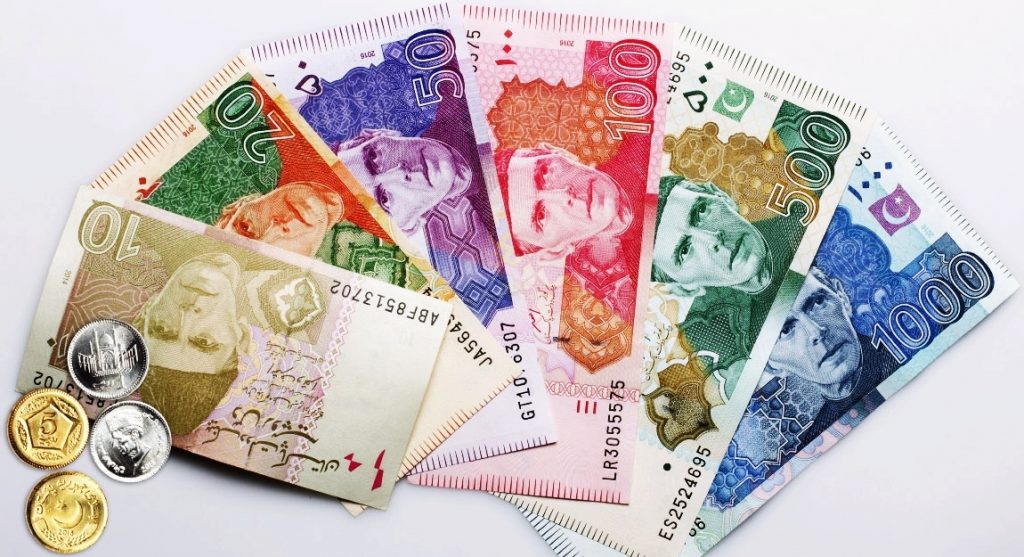Karachi: The Pakistani currency depreciated by 1.16 per cent against the US dollar in both interbank and open markets, continuing its downward trajectory Wednesday.
The Pakistani rupee dropped 1.16 per cent in the interbank market to close at Rs 294.93 against the US dollar, down by Rs 3.39, according to the State Bank of Pakistan data.
The local currency which has been on a slide since Tuesday had closed at Rs 291.5 yesterday.
Wednesday it again lost value to the dollar as the day progressed finally trading at 292.4 rupees in interbank according to data from the central bank.
According to the Exchange Companies Association of Pakistan (ECAP), the slide was due to the shortage of dollars in the market as demand from importers had risen and letters of credit (LCs) were gradually retiring.
In the open market, the dollar was trading at around Rs 303.50 by the close of the market.
A financial analyst said the price of oil rising in the global market could also be one reason.
The increase in global oil prices has already seen the government hike the petrol prices to Rs 290.45 per litre and diesel to Rs 293.40.
According to a report by The Express Tribune newspaper, the local currency had remained stable at around Rs 288 against the dollar during the past three months.
In both markets, the demand for the US dollar stood high compared to its supply.
The widening gap between inter-bank and open markets signals that either the rupee will shed more value in inter-bank trading or it will recover in the retail market, which will narrow the difference to the IMF-recommended level of 1.25 per cent.
The International Monetary Fund had asked Pakistan to let market forces determine the exchange rate considering the demand and supply situation and that there should be no restrictions on imports, the report added.
PTI
